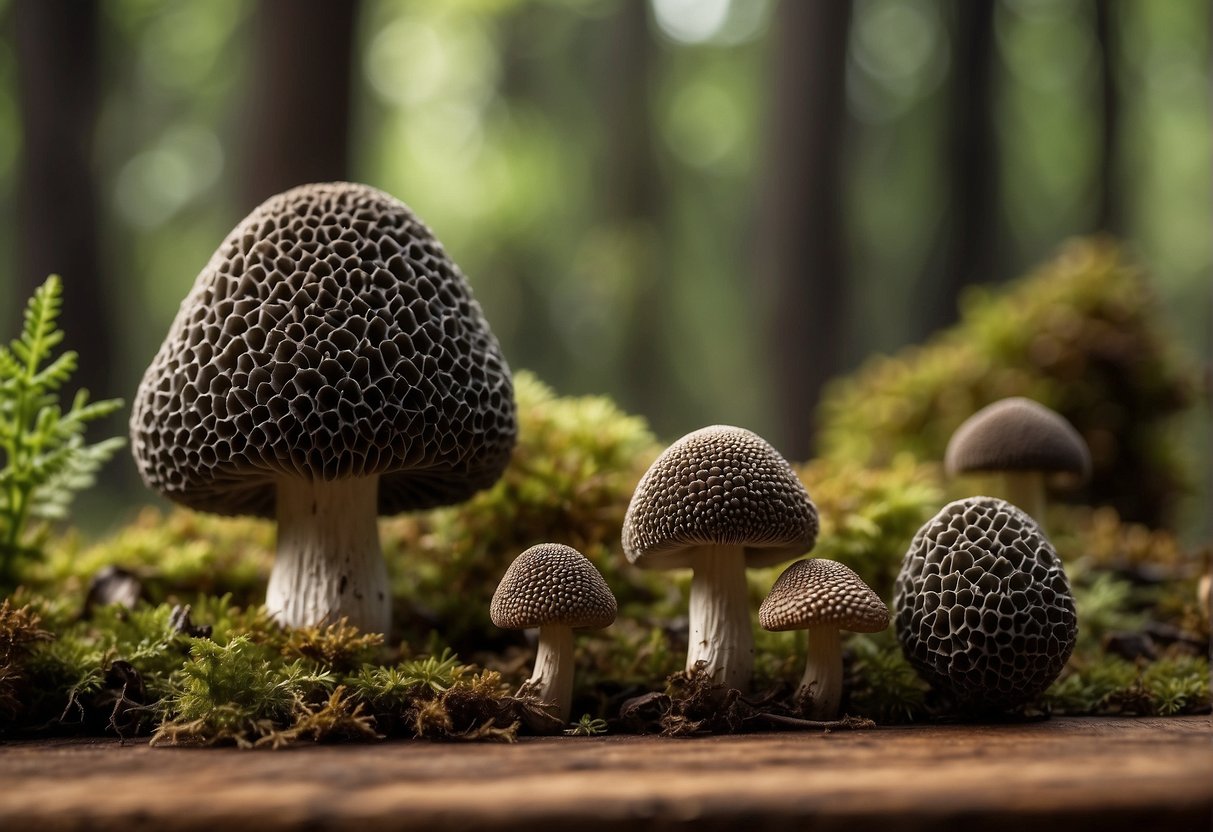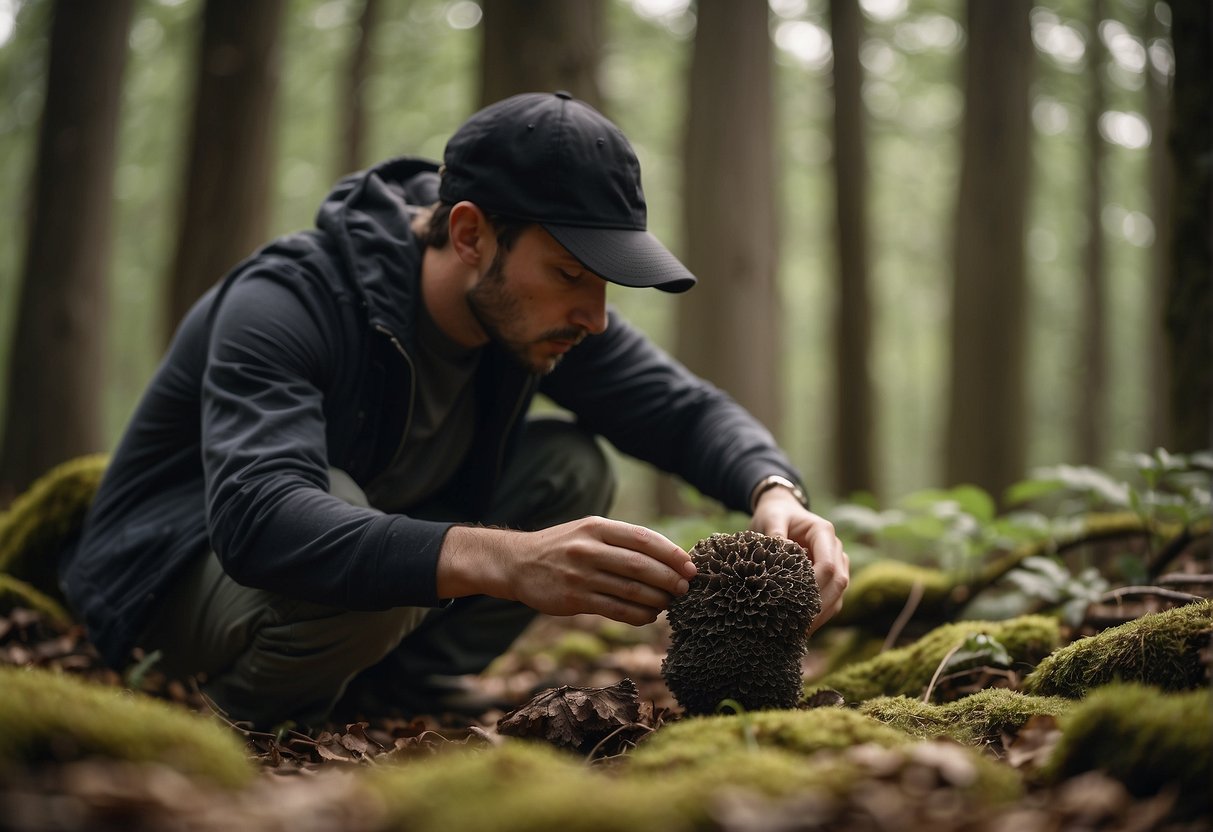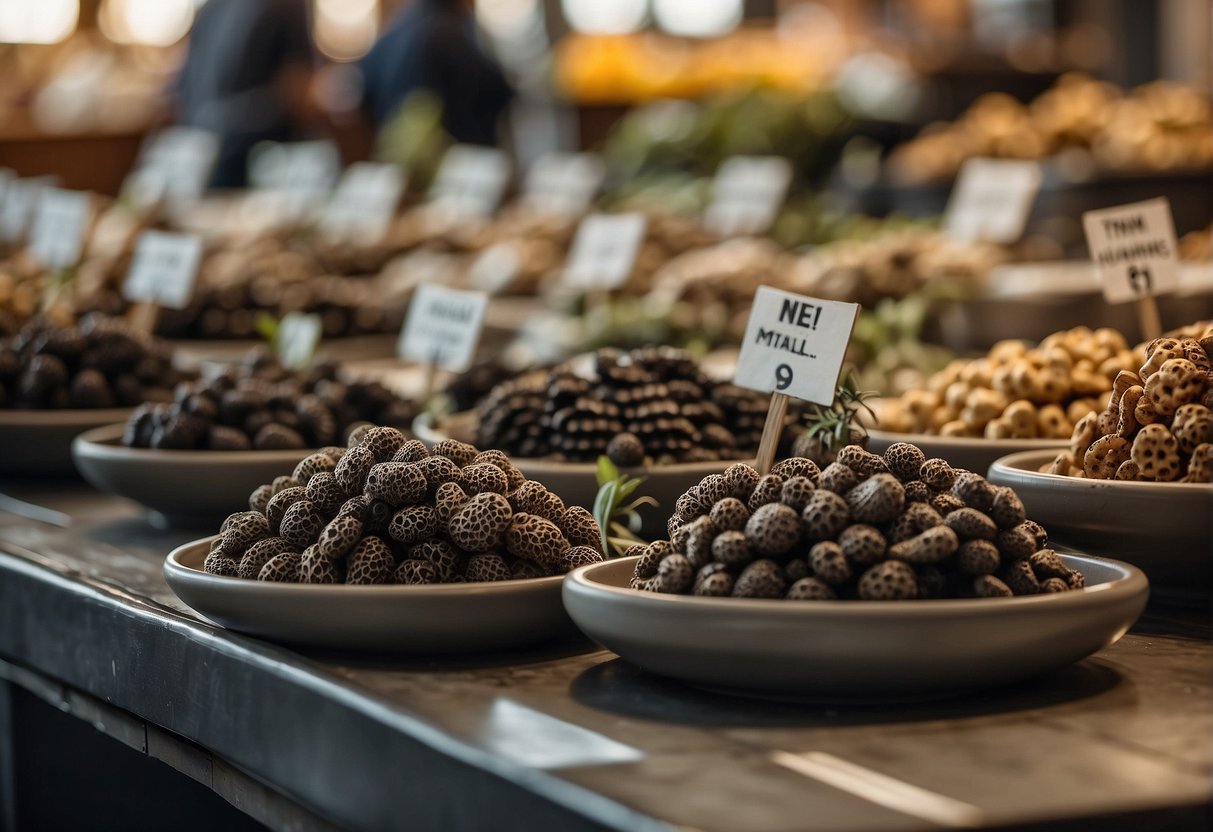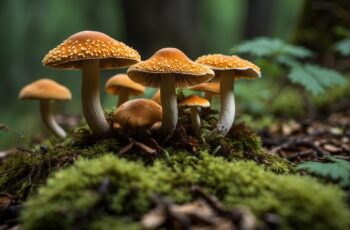As you wander through hardwood forests or burnt woodland areas, you may stumble across one of nature’s culinary jewels: the black morel mushroom. Prized in the culinary world for their unique flavor and texture, black morels are a staple in gourmet kitchens around the globe. While foraging for these mushrooms can be an adventurous pastime, understanding their market value is essential, especially if you’re looking to sell your finds. Black morel mushroom prices fluctuate based on a myriad of factors ranging from their rarity to seasonality.

Knowing the ins and outs of morel mushroom prices can inform your foraging ventures and make your efforts more rewarding. Fresh morels often command higher prices than their dried counterparts due to their superior taste and limited shelf life. As a forager or a buyer, you will notice that their cost per pound can be a direct reflection of the effort and skill required to harvest these elusive fungi. In the early season, black morels, especially from burn sites, tend to fetch a premium, owing to their scarcity and the unique, smoky flavor they bring to the table.
Whether you’re a seasoned forager or new to the game, it’s crucial to keep a finger on the pulse of market trends. This knowledge can enhance your morel-hunting experience and perhaps add a little extra green to your pocket. So put on your boots, grab your mesh bag and step into the woods with confidence, knowing that your pursuit of black morels might just be as lucrative as it is enjoyable.
Black Morel Mushroom Basics
As you tap into the world of gourmet fungi, get to know the black morel—the Morchella species with a unique honeycomb-like appearance and sought-after earthy, nutty flavor.
Species and Characteristics
Morchella: This genus is your black morel’s family, and it’s revered for its distinctive traits. Black morel mushrooms display a dark, honeycombed cap that’s easily recognizable in the wild. Their spongy texture not only contributes to their unique look but also to their ability to absorb flavors in cooking, making them exceptional for sauces and sautés.
Optimal Foraging Season
Timing is everything when it comes to foraging for black morels. You’ll want to start looking when the ground temperature reaches around 45 degrees, usually in spring—that’s prime time for them to emerge, especially in burn sites after forest fires. Due to their rarity, this optimal foraging season is when you can fetch the best prices, and intense labor contributes to their value.
Nutritional Benefits
Not only are morels a culinary delight, but they are also nutritional powerhouses. They’re low in fat yet rich in protein and fiber, making them an excellent choice for your outdoor adventures. Additionally, they are a good source of vitamin D, copper, and potassium, valuable nutrients for maintaining your health on the trails.
Harvesting and Availability

Understanding the nuances of foraging for black morels, from the regional abundance to the impact of weather and forest fires, directly influences their availability and your success in harvesting these prized fungi.
Foraging Techniques
Foraging for black morels requires skill, patience, and knowledge of the forest. In regions like the Midwest and West Coast of the USA, your search begins in spring, as the ground warms. Always stay within legal areas, respecting private lands and regulations. Peak season may vary, but you’re likely to find these mushrooms from late March through May, especially after rains. Look for elm, ash, and poplar trees—morels favor these environments.
Impact of Weather and Forest Fires
Morels thrive in specific conditions: they need warm, moist soil and the right forest ecosystem. A recent forest fire might seem like a cause for concern, but it can actually lead to a bountiful morel crop the following spring. Forest fires in places like Minnesota and Wisconsin can create the perfect grounds for morels to flourish. However, be mindful that extreme weather such as heavy rain or drought can limit their availability.
Region-Specific Abundance
Black morels are wild-harvested and their availability across North America can be inconsistent. On the West Coast, they often start appearing earlier in the spring than in the Midwest. In areas like Minnesota or Wisconsin, the season might not peak until May. Foragers should zero in on the local peak season to ensure the highest possibility of a successful harvest. Remember that each region’s abundance of morels can dramatically change from year to year due to various environmental factors.
Market Trends and Pricing

In the realm of fungi foraging and culinary delicacies, understanding market trends and the nuances of black morel mushroom price can make all the difference in your forays into buying or selling this sought-after commodity.
Retail and Wholesale Price Range
The price of black morel mushrooms on retail levels usually oscillates between $30 to $60 per pound for fresh specimens. Wholesale transactions might offer a lower per-unit price due to the larger volume of purchase but expect the numbers to hover closely to these averages. Keep in mind that, much like any other market commodity, these prices can fluctuate significantly.
Factors Influencing Price
Several factors mold the market price of black morels. Their elusive nature and the labor-intensive process of foraging contribute to a higher cost base. Supply and demand economics play a pivotal role, with prices spiking when the mushrooms are scarce during off-peak seasons. Shipping costs also add to the final pricing, especially when considering the delicate nature of these fungi.
- Supply: Weather and seasonality affect the natural availability
- Demand: High in gourmet and specialty food markets
- Labor: Foraging requires skill and time
- Shipping: International and expedited shipping can increase costs
Buying and Selling Platforms
Selling morel mushrooms can be quite profitable, especially if you leverage the right platforms. You can access a ready market online with online platforms specializing in rare food items or you could go the traditional route and approach specialty food stores. Whichever choice you make, be sure to account for the audience you’re catering to and the additional costs that each platform might incur.
Remember, the market value is not just about the price tag; it encompasses the freshness, the quality, and the service of delivery, especially with a perishable and coveted item like the black morel mushroom.
Storage and Culinary Uses
When you get your hands on some prized black morel mushrooms, knowing how to store and prepare them is paramount. Morels are best enjoyed when fresh, but certain methods will help prolong their distinct earthy flavor until you’re ready to cook.
Preservation Methods
Storage: You can keep your morels fresh in the refrigerator for up to a week if you store them properly. Opt for a paper bag instead of plastic to allow for airflow and a touch of moisture. For those who have a larger volume of mushrooms, consider preserving them through drying.
Dried Morels: To preserve the woodsy taste for months, drying out your mushrooms is your go-to technique. Spread them out on a rack, ensuring they’re not touching, and allow them to air-dry or use a dehydrator if you’re pressed for time. Store the dried morels in an airtight container away from heat and moisture.
Culinary Applications
In the Kitchen: Chefs at high-end restaurants consider morels a delicacy. You can replicate gourmet styles by incorporating the earthy flavor of morels into risottos, pasta dishes, and sauces. Sautéing is a favorite method to bring out the rich, nuanced flavors, especially with ingredients like butter, garlic, and fresh herbs.
Preparation Tip: When preparing fried morels, consider cutting them in half and rinsing well to remove any debris. For a crispy delight, coat them lightly in flour and fry until golden brown—perfect for impressing anyone with a taste for the outdoors.
Remember, whether you’re preserving or preparing, handling your black morels with care will elevate your culinary experiences to new heights.


